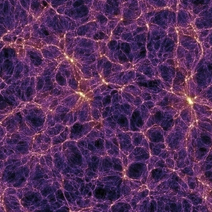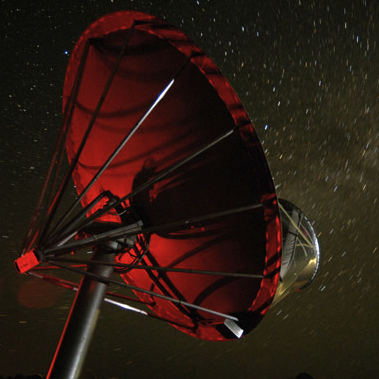Researchers have found that the Universe appears to be clumpier than predicted. This clumpiness, if not due to systematics, might be evidence that the standard model of cosmology needs to be rewritten.
Imagine yourself leaving Earth and looking at it as you are going further and further. You would first see it becoming smaller, then see other planets. When far enough, you would only be able to distinguish a dot of light, our Sun. Further, you would see many stars, then our Galaxy, and other galaxies. Finally, you would see a cluster of galaxies, surrounded by other clusters of galaxies. As you are going further, the Universe looks smoother and smoother.

The clumpiness of the Universe comes from the fluctuations in the density of matter in the early Universe: simulations show us what our Universe should look like at different scales, based on its content and the physical laws expected to hold in the currently known cosmologies.
Shaun Thomas of University College London, and colleagues used data from the Sloan Digital Sky Survey, which covers about a fifth of the entire sky, to create a 3-D map of 723,556 galaxies that are at least 4 billion light-years away. They found that the Universe is not as smooth as previously thought: there are more clumps of stars and galaxies than models predict.
The results of their research are published on Physical Review Letters.
According to the cosmologists’ results, the clumpiness of the Universe varies by 2% from one point to another: although it is still rather smooth, it is twice clumpier than what models predict.
What does that mean, exactly? If the results are not due to systematics (it is very unlikely, but possible), the consequences could be extremely important. It could be that general relativity breaks down on large scales, or that cosmologists need to rethink dark matter and dark energy. It is still too early to draw any conclusions, and upcoming studies like the Dark Energy Survey are needed before anything can be confirmed (or not). If future observations do confirm these results, the implications on cosmology might be truly fascinating.
Reference
Shaun A. Thomas, Filipe B. Abdalla, and Ofer Lahav. Excess Clustering on Large Scales in the MegaZ DR7 Photometric Redshift Survey. Physical Review Letters, 106, 241301, June 13, 2011. DOI: 10.1103/PhysRevLett.106.241301

